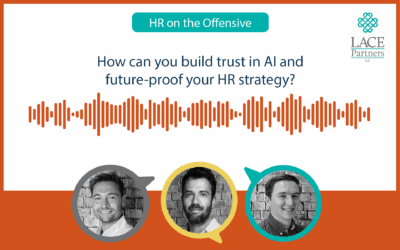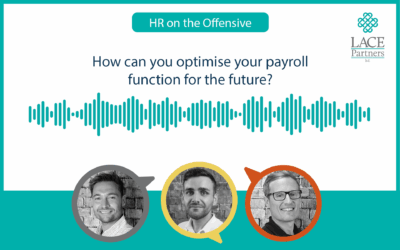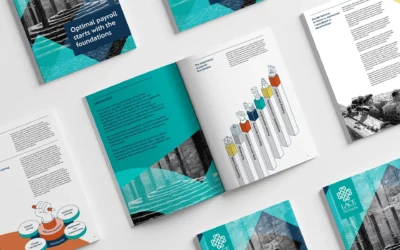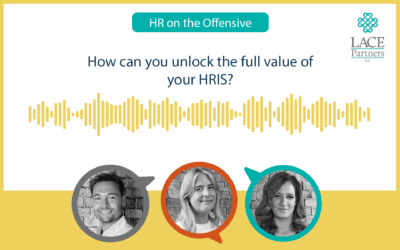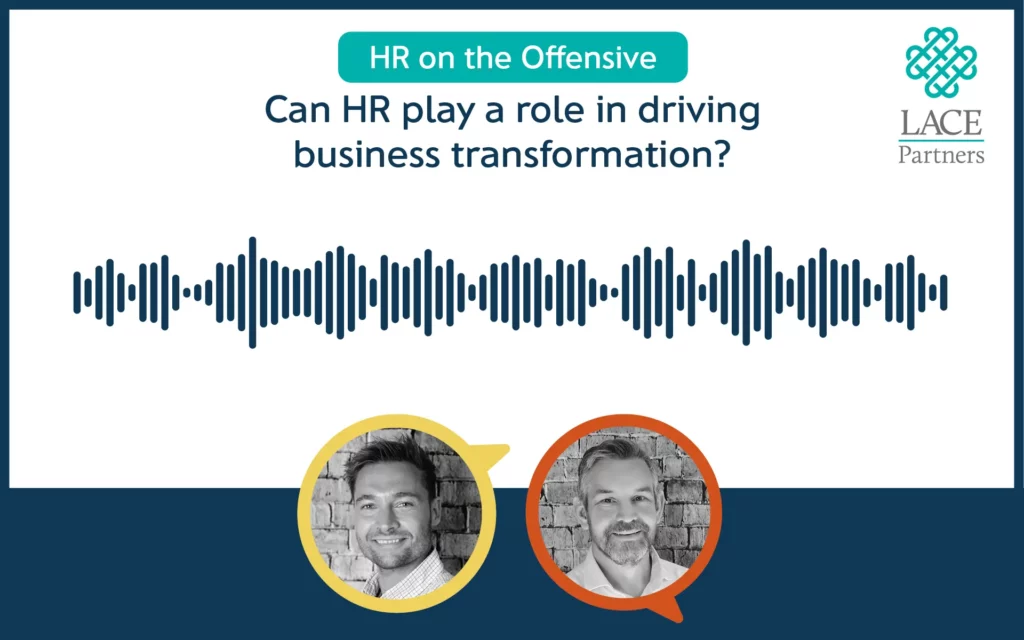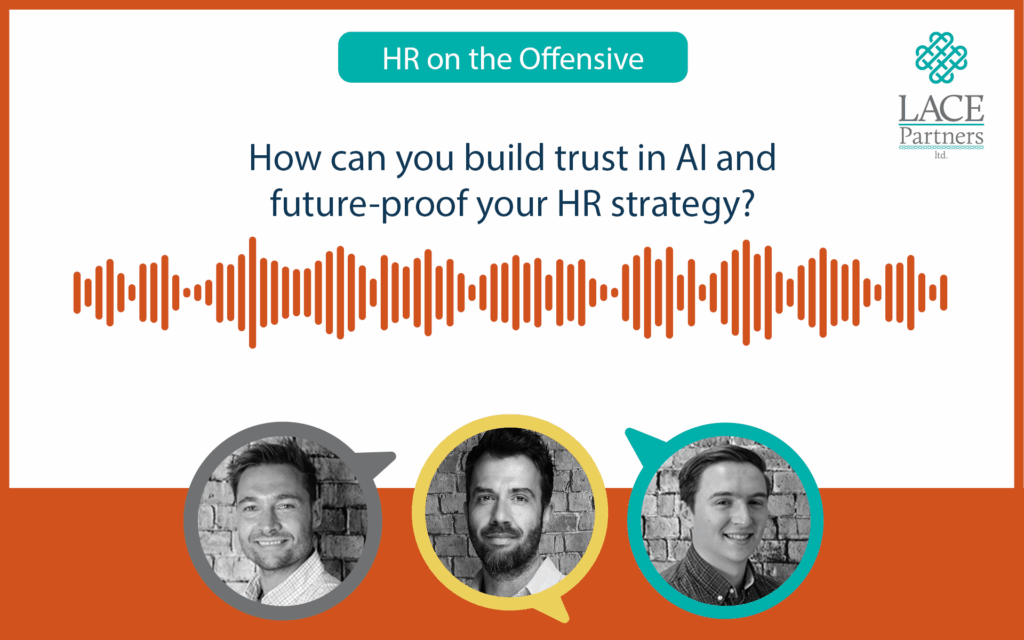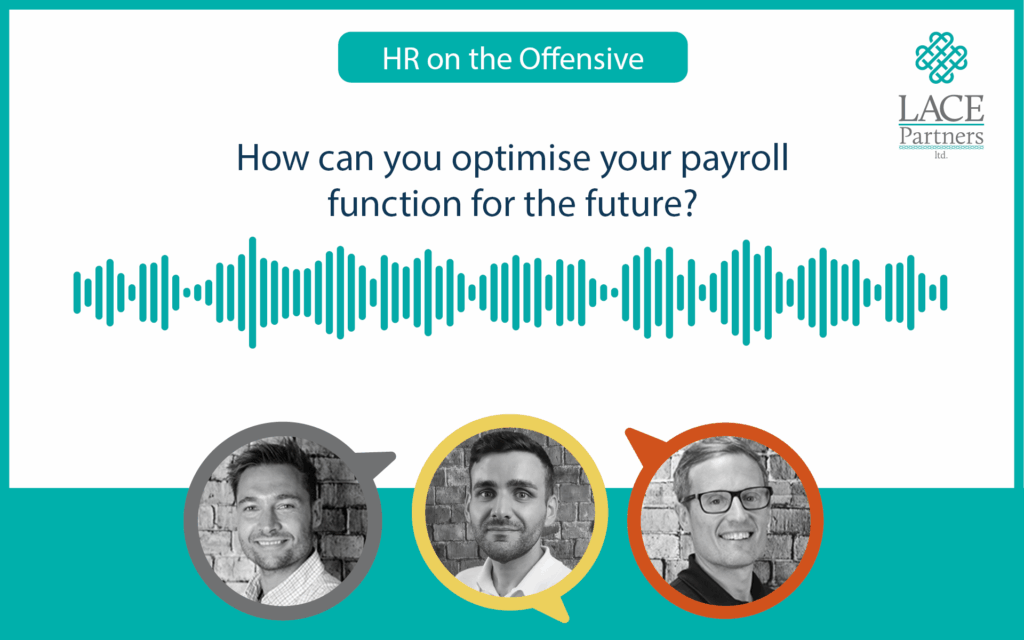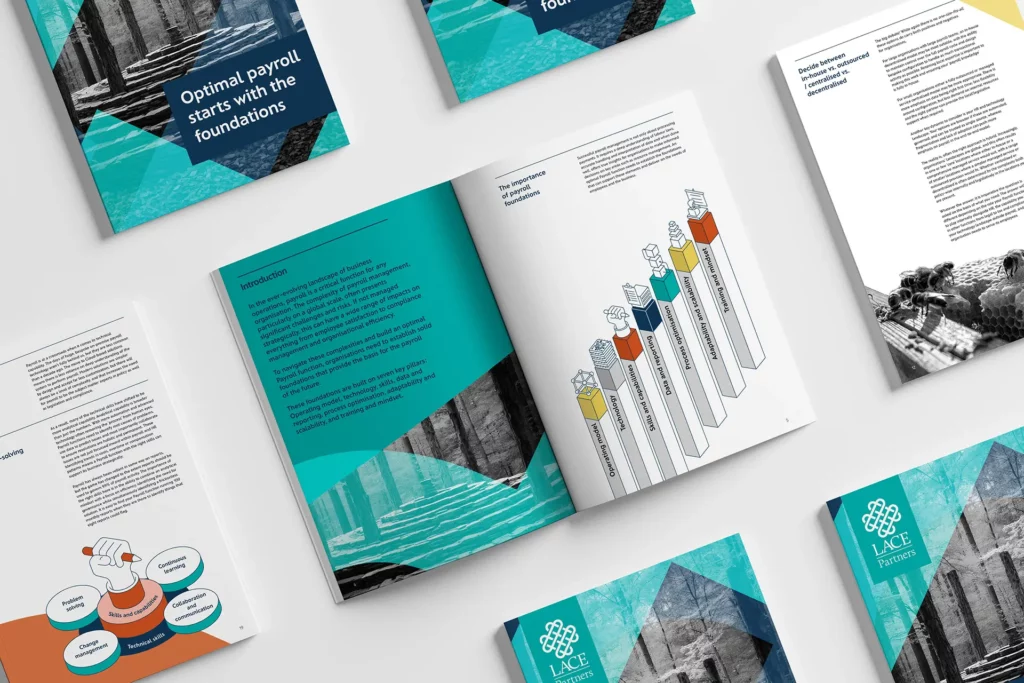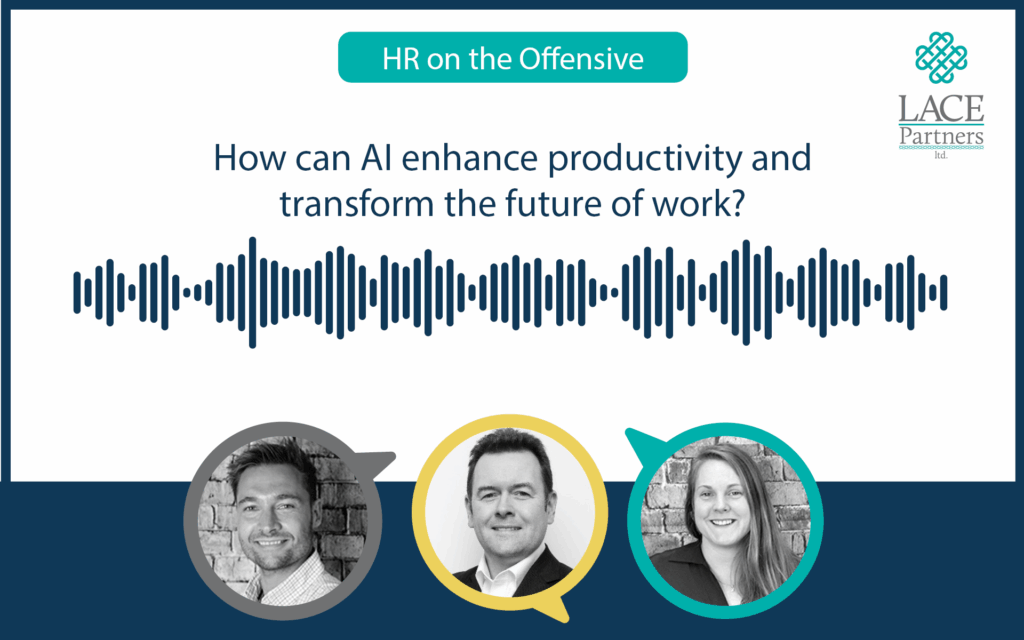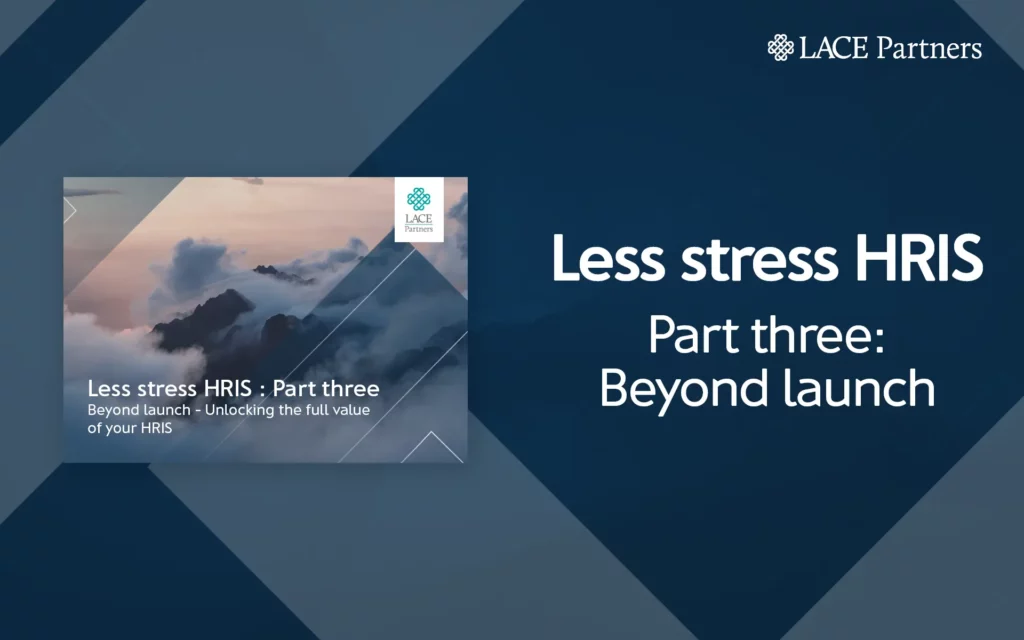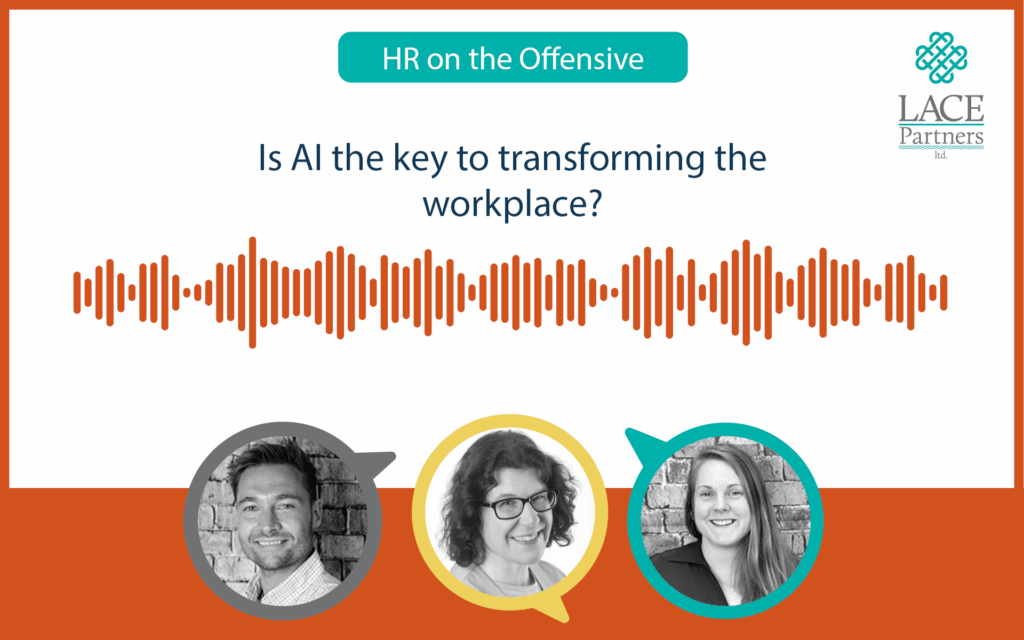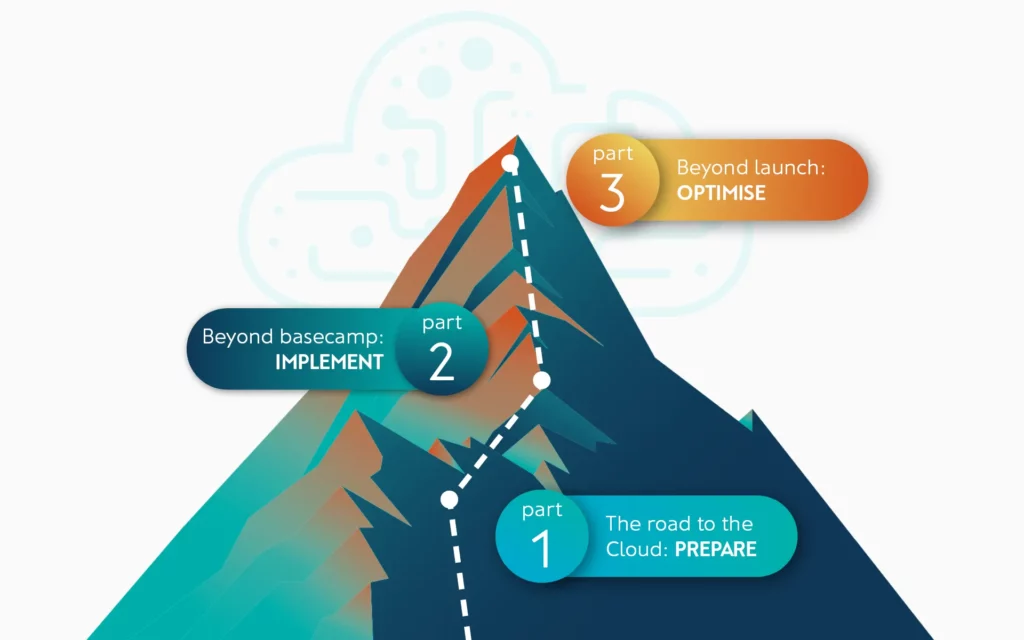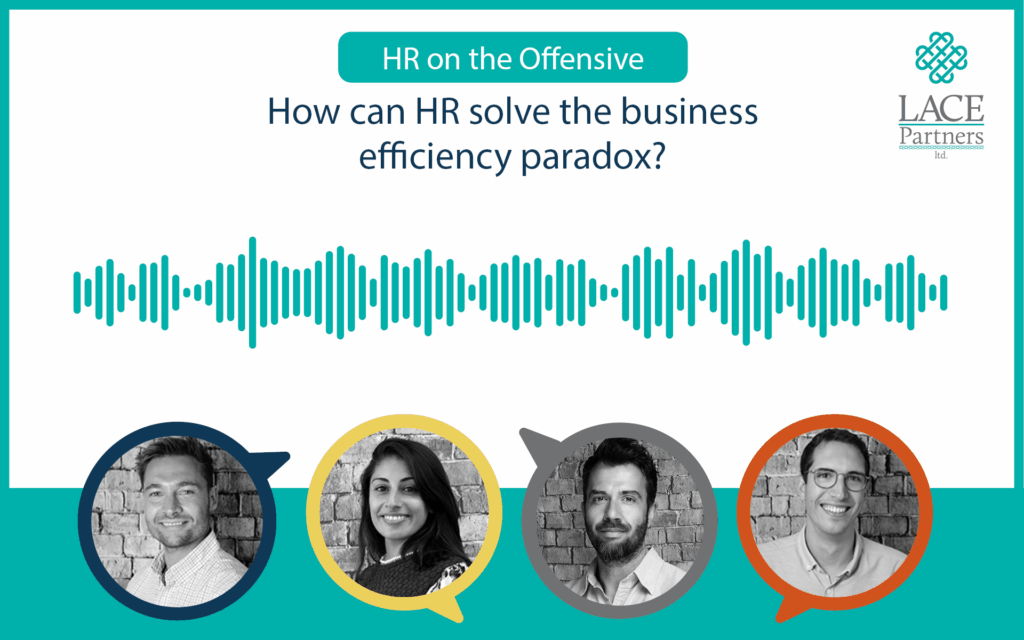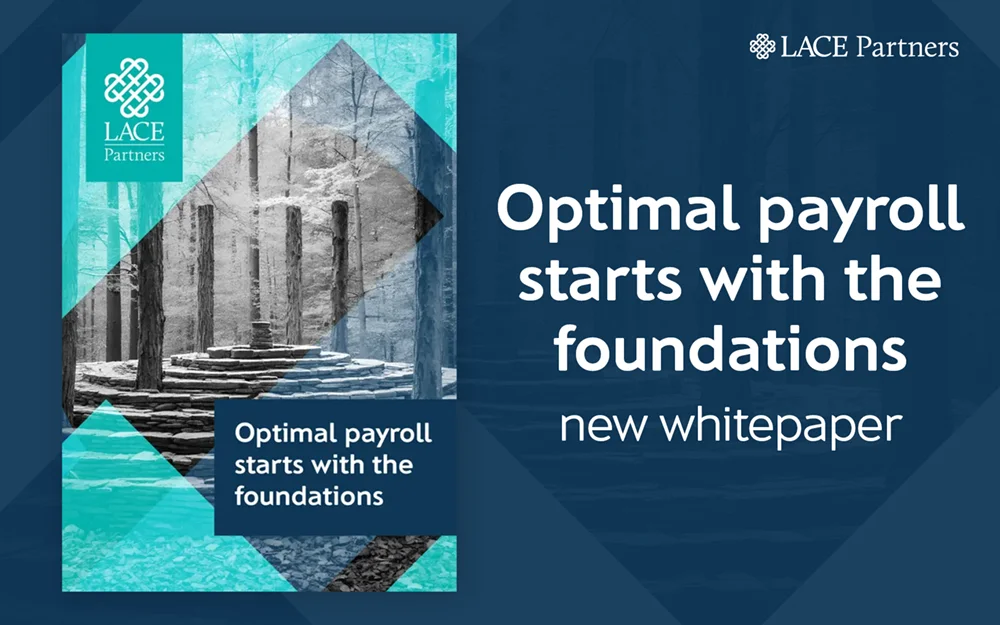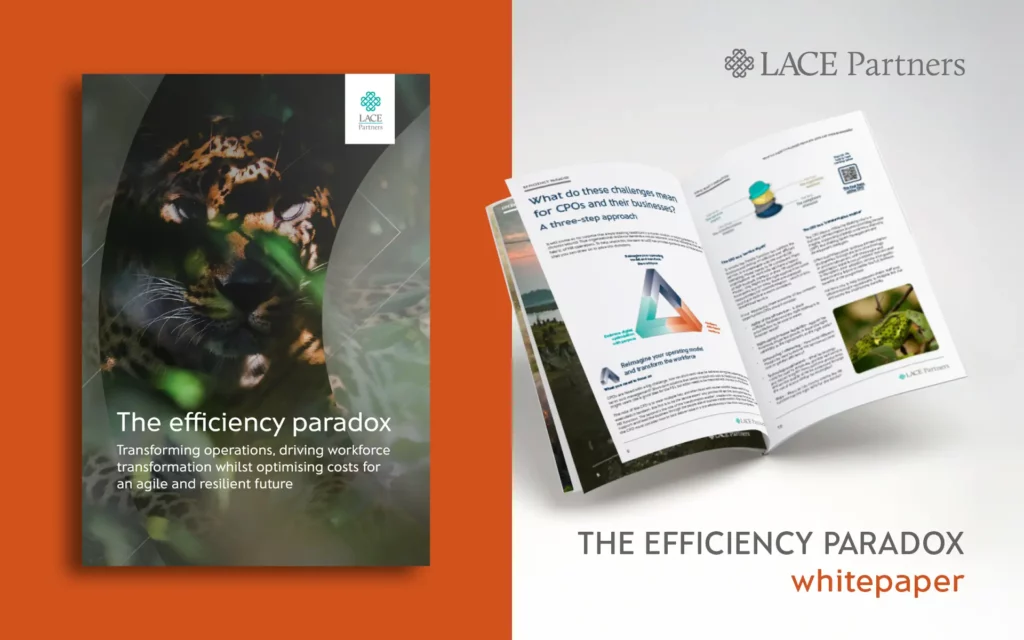What does it really take for HR to become a driving force in business transformation? In this episode of the HR on the Offensive podcast, Chris Howard and founder of LACE Partners, Aaron Alburey, dive into findings from our latest research into HR’s role in large-scale organisational change.
Listen now to explore how HR can help future-proof your organisation and lead meaningful change:
The big takeaway? The people function is stepping into a more strategic spotlight—but there’s still a gap between intent and impact that HR leaders urgently need to close.
We surveyed 450 C-suite executives from companies with over 5,000 employees across the UK, EU, North America, and the Middle East. While 93% of HR leaders believe they’re leading transformation, only 52% say they’re brought in during implementation, and far fewer are involved in early-stage strategic planning.
Closing the change management gap
Change management stood out as a key challenge. One in three respondents cited weak change management as a top reason people-focused workstreams fall short—often because HR is brought in too late. To shift this, HR needs to build stronger internal change capability, instead of leaning too heavily on external consultants.
The perception problem
The data also shows that HR’s role in transformation isn’t always recognised or consistent across leadership teams. While 54% of CEOs say their HR leads are involved in decision-making, only 46% of COOs agree—and just 34% of CTOs feel HR is aligned or collaborative.
This suggests a misalignment that HR needs to address through clearer communication and greater visibility across departments.
Three actions for HR leaders
To move from intention to impact, HR teams should:
-
Get involved earlier in strategic planning conversations
-
Strengthen internal change management capabilities
-
Use data more effectively to demonstrate business value
You may also be interested in:
How can inspiring your people lead to a successful business transformation?
Why HR should lead business transformation — and how it benefits everyone


